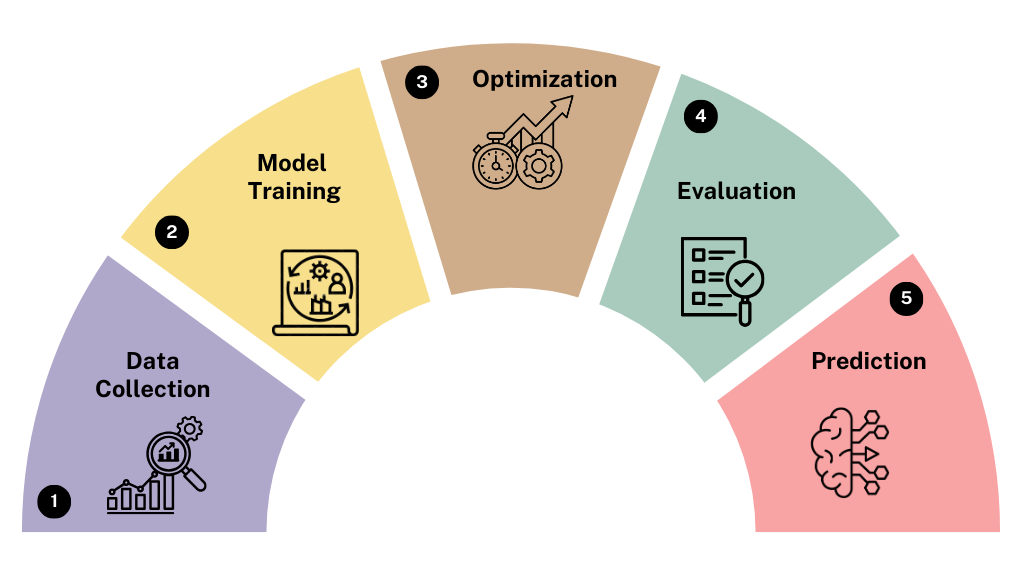Core Machine Learning Algorithm Categories

Regression
Regression is a type of supervised learning technique used in machine learning and statistics to model and analyze the relationship between a dependent (target) variable and one or more independent (predictor) variables.

Classification
Classification is a supervised learning technique where the goal is to assign a label or category to an input based on its features. The output of a classification model is typically discrete, representing class membership.

Clustering
Clustering is an unsupervised learning technique used to group a set of objects in such a way that objects in the same group (called a cluster) are more similar to each other than to those in other groups.

Dimenstionality Reduction
Dimensionality reduction is an unsupervised learning technique used to reduce the number of input variables (features) in a dataset while retaining as much information as possible.
Key Features of Machine Learning Algorithms

Data-Driven
Algorithms rely on input data to learn patterns and make predictions or groupings.

Objective-Specific
Each algorithm type serves a different goal — predicting continuous values.

Model Evaluation
Different metrics are used to evaluate performance, such as accuracy for classification.

Decision-Making
These algorithms enhance decision-making processes by providing insights.
How Machine Learning Algorithms Work

Machine Learning Algorithm Flowchart



Machine Learning Algoritham Platform
Regression
Linear Regression
Ridge Regression
Lasso Regression
Support Vector Regression
Decision Tree Regression
Random Forest Regression
AdaBoost Regression
XGBoost Regression
CatBoost Regression
Neural Network Regression
Classification
Logistic Regression
K-Nearest Neighbors
Support Vector Machine
Decision Tree Classification
Random Forest Classification
Naive Bayes Classification
AdaBoost Classification
XGBoost Classification
CatBoost Classification
Clustering
K-Means Clustering
Hierarchical Clustering
DBSCAN Clustering
Dimensionality Reduction
Principal Component Analysis
Linear Discriminant Analysis
Factor Analysis
Testimonials
Eager to Dive In?
Let’s Connect and Collaborate
